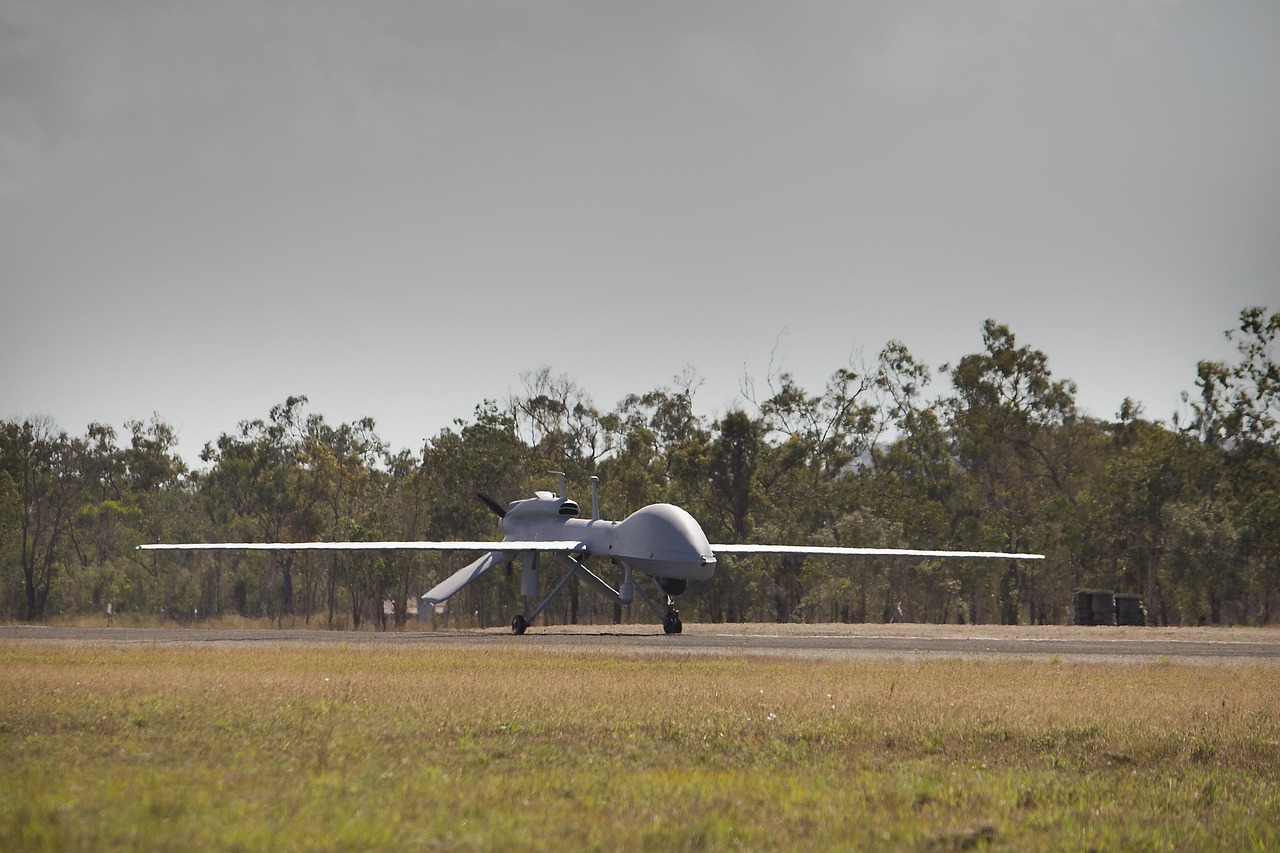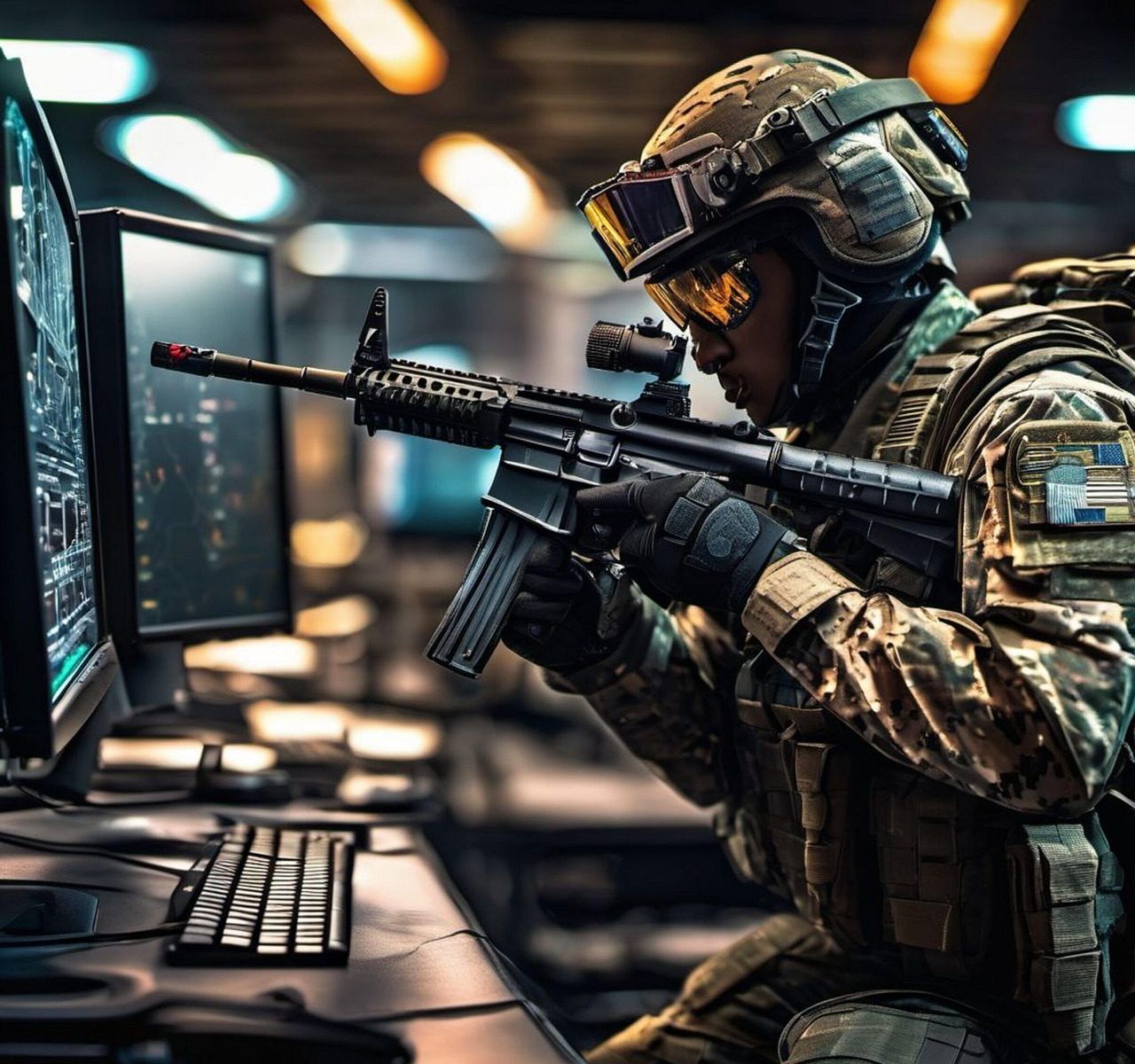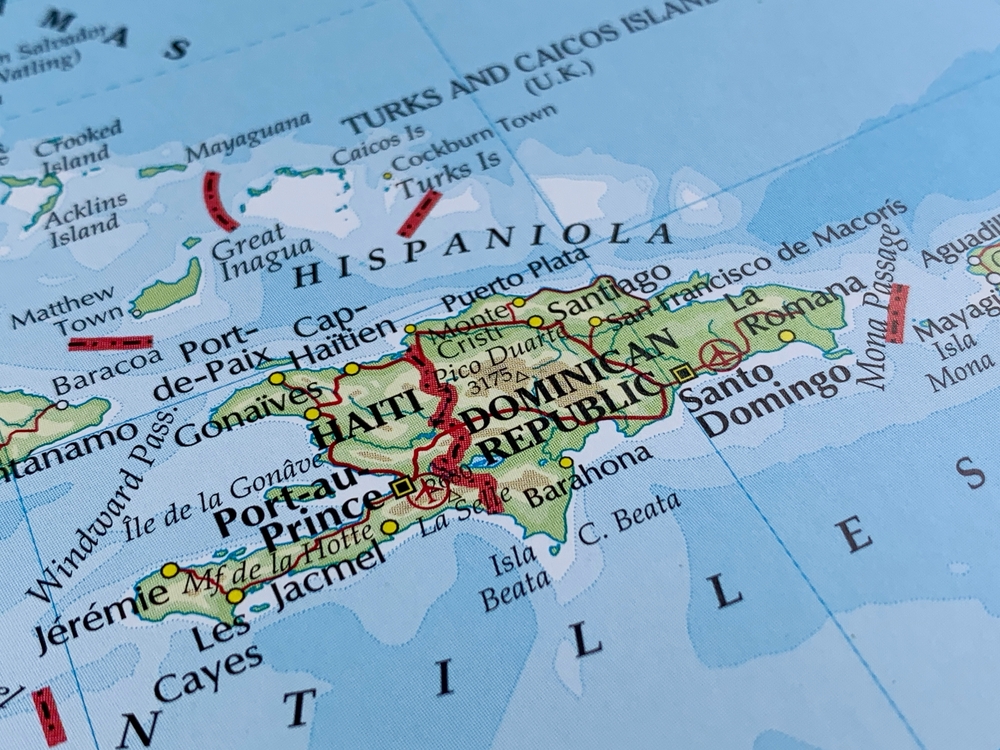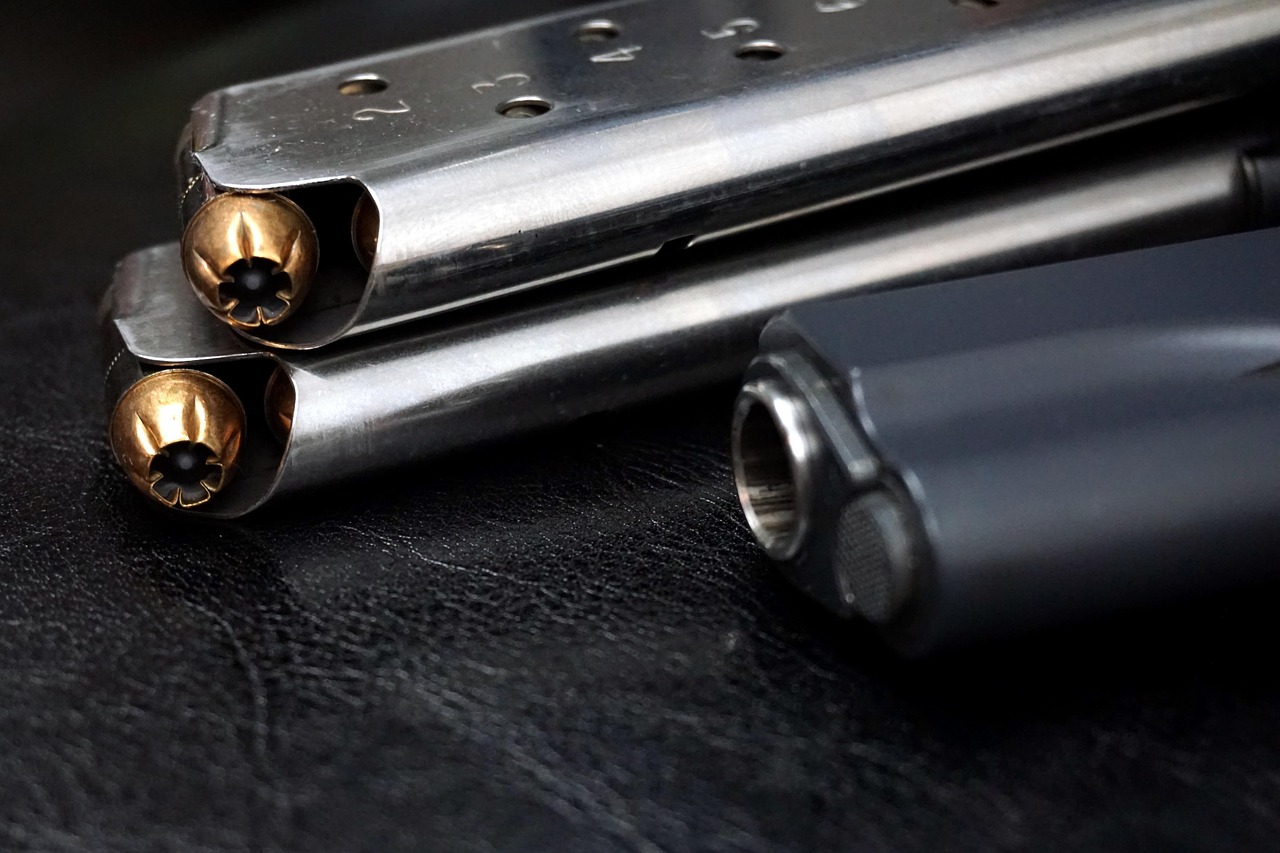In August 2025, the Danish Ministry of Foreign Affairs summoned the chargé d’affaires of the United States Embassy in Copenhagen after revelations by the Danish Broadcasting Corporation (DR) that several Americans linked to the U.S. Presidential Administration had engaged in covert political activities in Greenland. According to the reporting, these individuals compiled lists of Greenlanders categorized as “pro-U.S.” or “anti-Trump,” cultivated ties with local elites, and promoted narratives designed to widen divisions between Nuuk and Copenhagen (PBS NewsHour 2025; Associated Press 2025). The Danish Security and Intelligence Service (PET) emphasized that Greenland remains a primary target for foreign interference operations, echoing earlier warnings that external actors could exploit or fabricate political disagreements within the Kingdom of Denmark (Al Jazeera 2025). These revelations, coupled with Denmark’s unusually direct diplomatic response, illustrate the characteristics of a malign influence or subversive operation and highlight the potential damage such activities can inflict on U.S. national security, particularly by undermining liaison trust with Denmark, arguably one of Washington’s most important intelligence partners.
Characteristics of a Malign Influence Operation
Malign influence operations are typically defined by certain recurring attributes: plausible deniability, use of cut-outs or intermediaries, audience mapping and segmentation, amplification of divisive narratives, and efforts aimed at shaping decision-making environments rather than openly persuading through argument. The Greenland episode, as described by DR and reported internationally, bears all of these hallmarks.
Plausible deniability was central to the actor’s positioning. Officials stressed that the government does not direct or control the actions of private citizens, even though the actors were reportedly politically connected to the Administration (PBS NewsHour 2025). Such disavowals allow states to shield themselves from direct accountability while benefiting from the effects of covert activity.
The use of cut-outs and informal networks appears evident. The alleged operatives were not formal embassy staff operating under Chief of Mission authority but instead American nationals cultivating relationships with Greenlandic political and business figures. This indirect approach mirrors tradecraft seen in both Cold War–era and contemporary influence campaigns, allowing sponsors to maintain distance while pursuing strategic objectives (Associated Press 2025).
The activity involved audience segmentation, as evidenced by the preparation of lists distinguishing sympathetic Greenlanders from opponents. Such mapping is a well-established precursor to micro-targeted persuasion and coalition-building (Rudbeck 2020).
The operation sought to exploit existing grievances. Greenland has a long history of tension regarding its relationship with Copenhagen, particularly concerning autonomy and resource management. PET has publicly warned that adversaries attempt to “promote or amplify particular viewpoints” in Greenland to exacerbate these tensions (Al Jazeera 2025). By pressing sovereignty-oriented narratives, the actors aligned with known fault lines.
The activities pursued a strategic effect on governance: nudging Greenland’s politics toward greater separation from Denmark or, at minimum, intensifying friction between Copenhagen and Nuuk. This fits the definition of a malign influence campaign, which aims not merely to influence public opinion but to shift the constitutional or strategic environment of the target polity (Fleshman et al. 2020).
Greenland’s Strategic Importance
Understanding why Denmark reacted so firmly requires recognition of Greenland’s immense strategic value. The island hosts Pituffik Space Base (formerly Thule Air Base), the northernmost U.S. military installation. Pituffik is critical to ballistic missile early warning, missile defense, and space surveillance missions, particularly through the 12th Space Warning Squadron, which tracks ballistic launches and supports U.S. Space Force operations (U.S. Space Force 2024). Pituffik’s radar and space-tracking systems are a vital component of NATO deterrence, as they enable early detection of potential Russian or other adversary launches.
Beyond Pituffik, Greenland’s geography makes it indispensable to North Atlantic security. The island sits astride the Greenland–Iceland–U.K. (GIUK) gap, a maritime chokepoint central to monitoring Russian submarine traffic from the Barents Sea into the North Atlantic. As the Arctic becomes increasingly contested due to climate change and resource competition, Greenland’s location at the intersection of North America and Europe magnifies its strategic importance.
Equally significant is Denmark’s intelligence capability. The Danish Defence Intelligence Service (FE) and PET are widely regarded as among the most capable small-state services, particularly in signals intelligence, counterintelligence, cyber and Arctic domain awareness. FE’s Intelligence Risk Assessment 2024 explicitly identifies Greenland as a frontline in great-power competition (Danish Defence Intelligence Service 2024). As such, Denmark is one of Washington’s most important intelligence liaisons, and trust in this relationship is crucial to U.S. and NATO security.
Damage to U.S. National Security
From a U.S. perspective, even if the federal government neither authorized nor directed the actions of the Americans involved, the perception of interference inflicts real costs. Four national security risks stand out.
Such activities risk eroding liaison trust. Intelligence sharing relies on reciprocity and respect for sovereignty. If Denmark perceives that the United States tolerates or encourages efforts to manipulate the Kingdom’s internal affairs, Danish services may hesitate to share sensitive information or to cooperate fully in Arctic monitoring. Trust, once diminished, is difficult to rebuild (Danish Defence Intelligence Service 2024).
Malign influence in Greenland undermines coordinated Arctic policy. Pituffik’s continued operation depends on alignment among Copenhagen, Nuuk, and Washington. Any perception that the U.S. is fueling secessionist sentiment in Greenland complicates base access negotiations, environmental approvals, and trilateral defense arrangements. Diplomatic friction could translate into delays or restrictions that weaken early warning and space-tracking capabilities (Associated Press 2025).
Such revelations hand adversaries narrative ammunition. Russia and China have long sought to depict the United States as hypocritical in its advocacy for sovereignty and democratic norms. A Danish finding that U.S.-linked actors engaged in subversive activity in Greenland would provide propaganda fodder for Moscow and Beijing, undermining U.S. credibility in NATO and in multilateral Arctic governance forums (Al Jazeera 2025).
These operations jeopardize operational continuity at Pituffik. Strategic deterrence depends on uninterrupted coverage of missile warning and space tracking. Political discord that affects budgets, labor relations, or local sentiment in Greenland could generate friction costs that weaken U.S. posture in the High North (U.S. Space Force 2024).
Theoretical Framing: Rudbeck and Malign Influence
Emma Rudbeck’s (2020) master’s thesis on foreign interference in Greenland provides an instructive framework. Applying Applied History and strategic narrative theory, Rudbeck argues that interference by major powers in Greenland echoes Cold War–era dynamics and threatens the concept of “Arctic Exceptionalism,” which had long portrayed the region as insulated from great-power rivalry. She concludes that Denmark must prepare for sustained interference by China, Russia, and the United States, and recommends a proactive Arctic strategy that emphasizes resilience and narrative management. Rudbeck’s insights align with the Greenland episode. The use of covert actors to segment populations and inflame tensions fits her description of “strategic narratives” designed to reshape perceptions of sovereignty and autonomy. By treating Greenland not as a neutral space but as contested political terrain, the alleged U.S.-linked operatives validated Rudbeck’s claim that interference is no longer limited to Russia or China but includes Washington itself. From Denmark’s perspective, this raises uncomfortable questions about the reliability of its closest ally.
Assessing the “Deception Operation” Frame
Denmark’s choice to summon the U.S. envoy demonstrates that it viewed the incident not as isolated private advocacy but as a coherent deception operation. The tactics of covert list-building, elite cultivation, and narrative seeding abroad reflect classic subversive tradecraft, intended to give the false impression of grassroots political momentum. PET has warned precisely about such techniques, noting that foreign influence in Greenland often seeks to “amplify particular viewpoints” to sow division (Al Jazeera 2025). This aligns with broader theoretical work on deception and influence, which emphasizes how adversaries shape decision environments by hiding their involvement (Fleshman et al. 2020).
We Need to Assure Copenhagen that “This isn’t who we are”
The Greenland case illustrates how malign influence can damage alliances even when conducted by non-official actors. Mitigating this damage will require visible U.S. steps: clear ministerial-level assurances to Copenhagen, tighter deconfliction to ensure all outreach in Greenland is coordinated through embassy channels, and symbolic trilateral initiatives with Denmark and Greenland to demonstrate respect for the Kingdom’s internal constitutional order. Absent such efforts, suspicion of U.S. duplicity may persist, weakening NATO cohesion at a time when Arctic security is increasingly central.
The alleged Administration-linked interference in Greenland demonstrates the characteristics of a malign influence operation: plausible deniability, cut-outs, audience segmentation, exploitation of grievances, and pursuit of strategic effects on governance. Greenland’s unique importance to U.S. defense posture and Denmark’s role as an elite intelligence ally magnify the stakes. By alienating Copenhagen, such operations risk degrading liaison trust, undermining trilateral defense cooperation, handing adversaries propaganda, and jeopardizing early-warning missions at Pituffik. Rudbeck’s (2020) analysis underscores that Greenland is no longer insulated from great-power rivalry, and that even allies may engage in subversive activity. For the United States, this episode should serve as a cautionary reminder that short-term political maneuvering can yield long-term strategic perils, especially when it undermines the trust of one of its most vital partners in the Arctic.
References
Al Jazeera. 2025. “Denmark Summons US Envoy over Trump Allies’ Alleged Greenland Interference.” Al Jazeera, August 28, 2025. https://www.aljazeera.com/news/2025/8/28/denmark-summons-us-envoy-over-trump-allies-greenland.
Associated Press. 2025. “Denmark Summons US Envoy over Alleged Trump Allies’ Interference in Greenland.” AP News, August 28, 2025. https://apnews.com/article/denmark-greenland-us-trump-6c9544314792cf1e287e21af06111c1e.
Danish Defence Intelligence Service. 2024. Intelligence Risk Assessment 2024. Copenhagen: FE. https://fe-ddis.dk/en.
Fleshman, William, Jennifer L. Larson, and Christopher Paul. 2020. “Deception and the Strategy of Influence.” arXiv preprint arXiv:2011.01331.
PBS NewsHour. 2025. “Denmark Summons US Envoy over Claims of Interference in Greenland.” PBS NewsHour, August 28, 2025. https://www.pbs.org/newshour/world/denmark-summons-u-s-envoy-over-claims-of-interference-in-greenland.
Rudbeck, Emma. 2020. How Should the Kingdom of Denmark React to the Increased Chinese, Russian, and U.S. Interference in Greenland in Its Coming Arctic Strategy? Master’s thesis, University of Southern Denmark. https://thesis.sdu.dk/download?id=2260.
U.S. Space Force. 2024. “12th Space Warning Squadron, Pituffik Space Base.” Fact Sheet, Department of the Air Force. https://www.spaceforce.mil/About-Us/Fact-Sheets/
.










